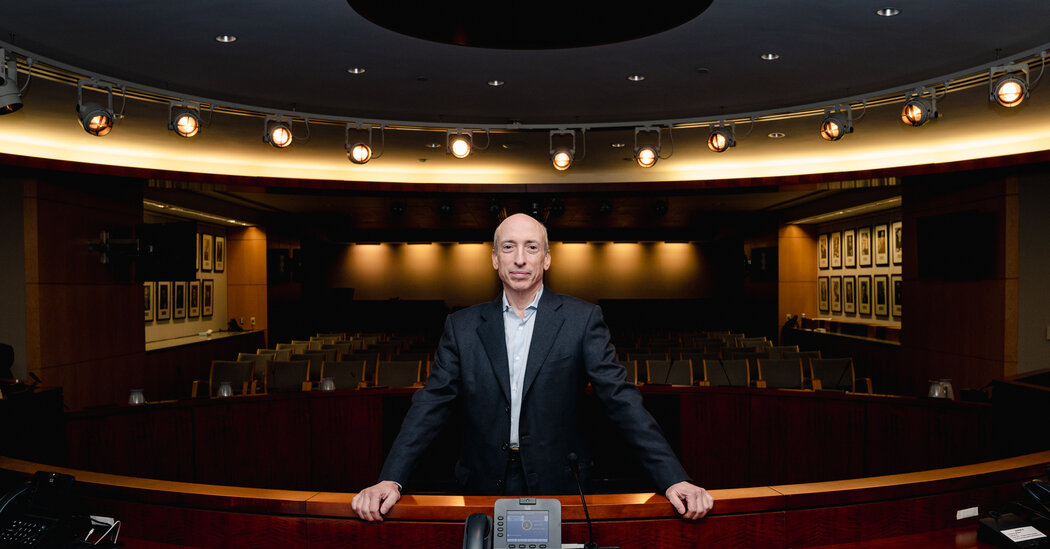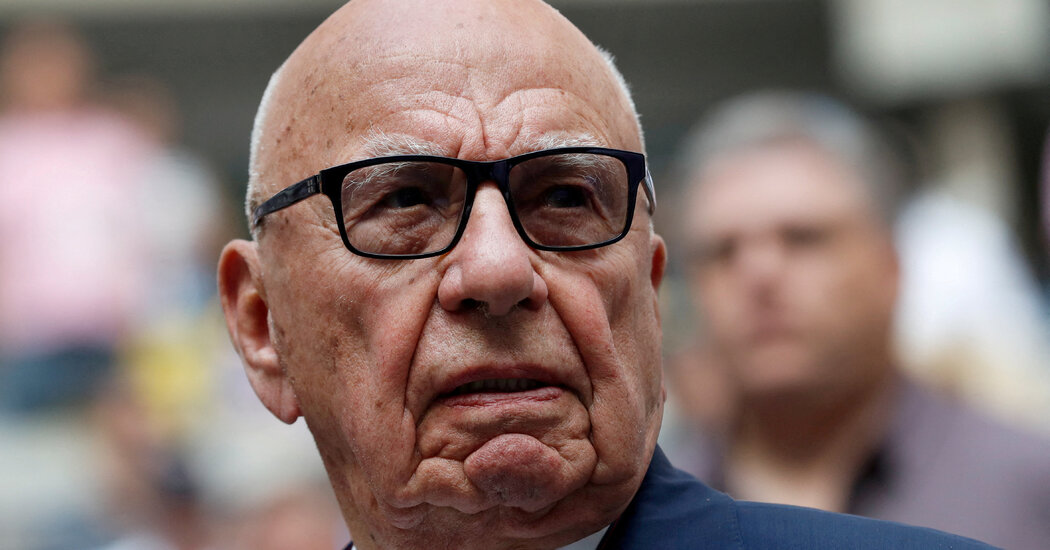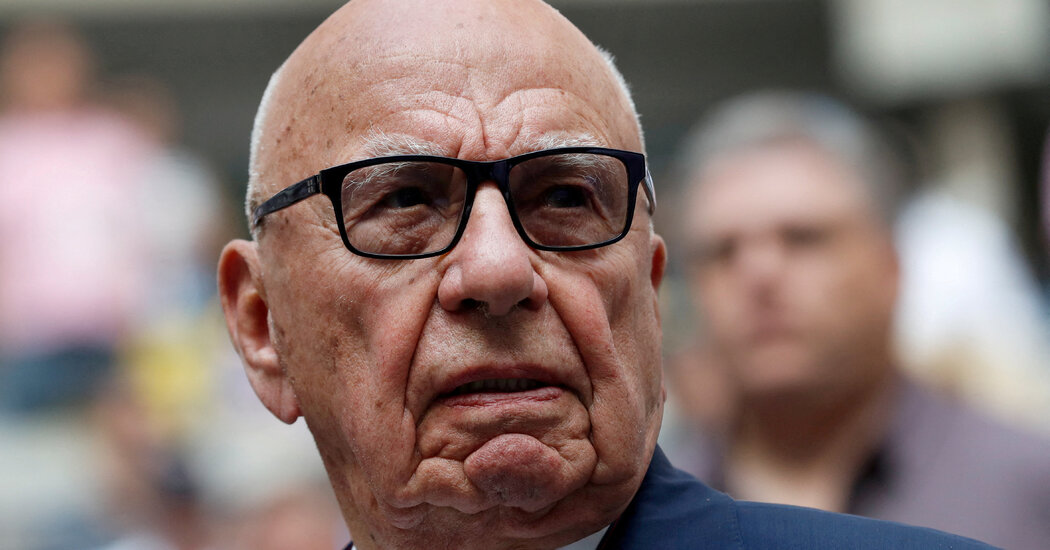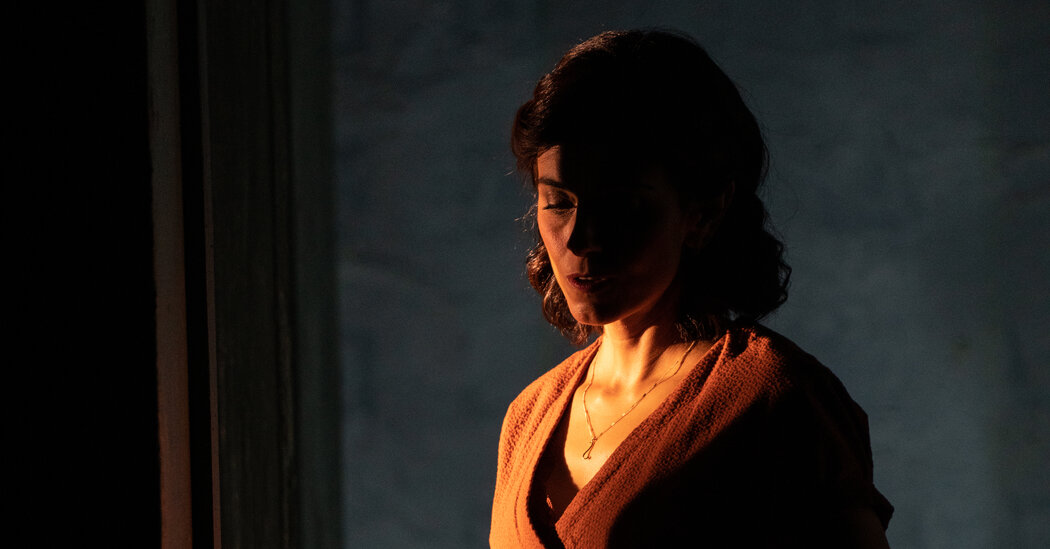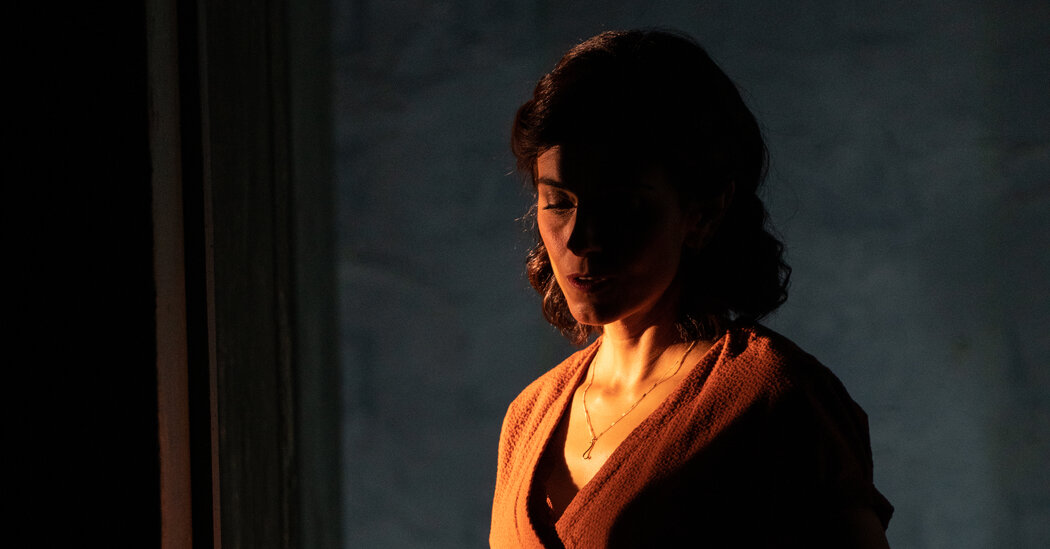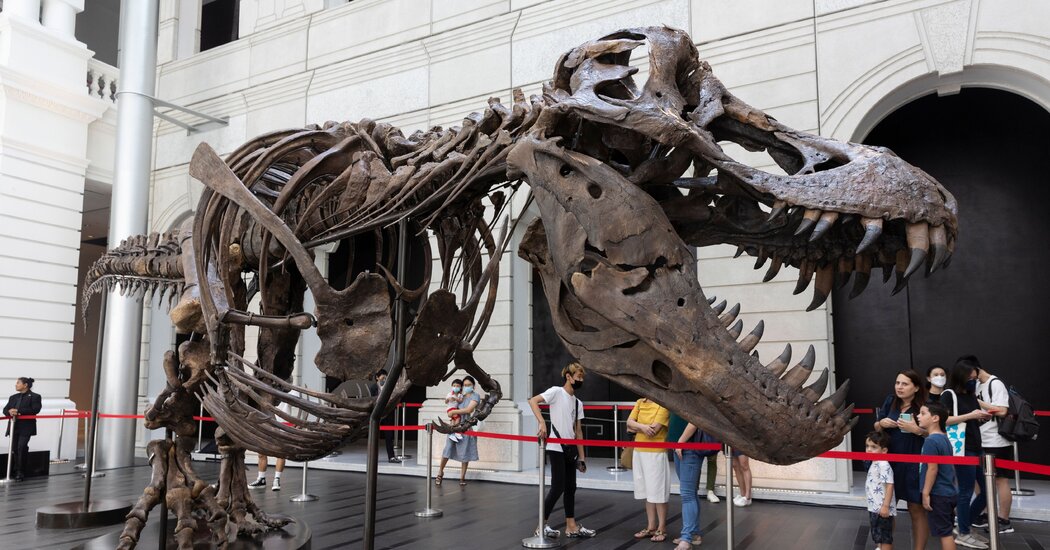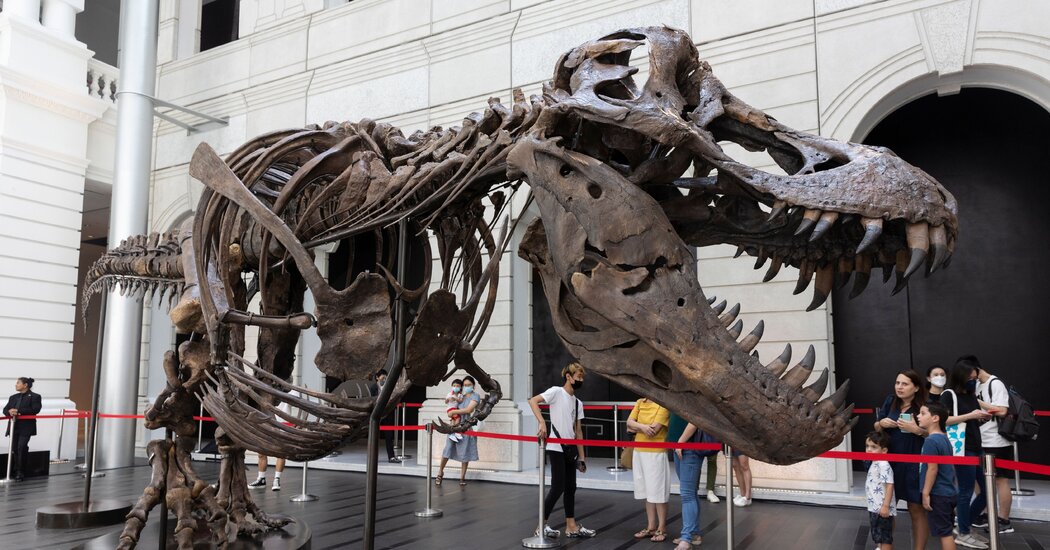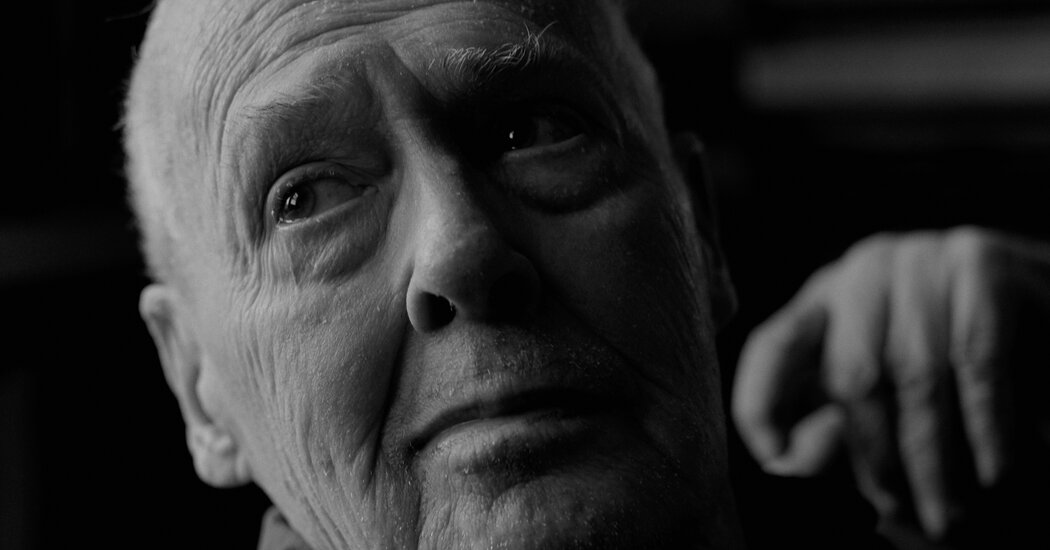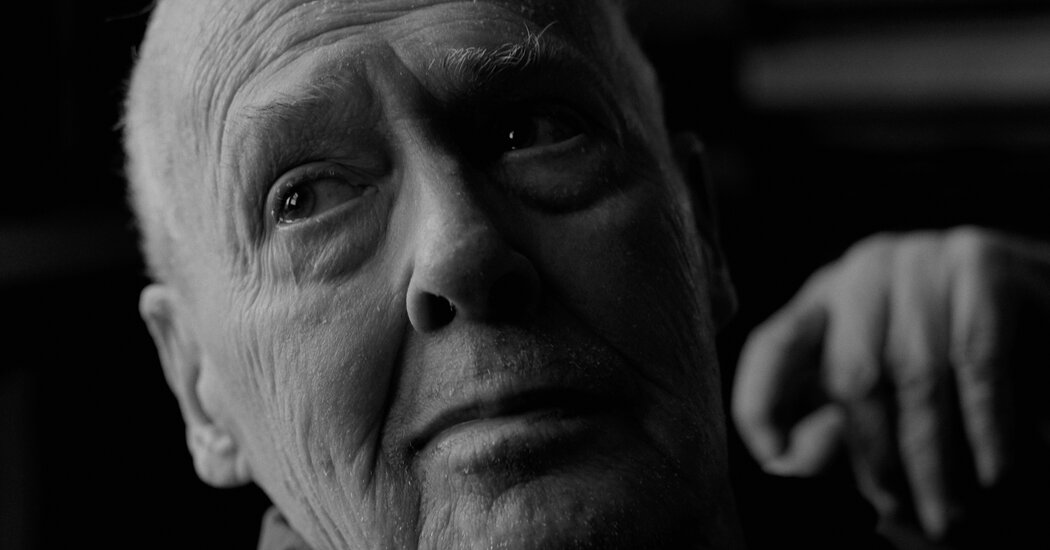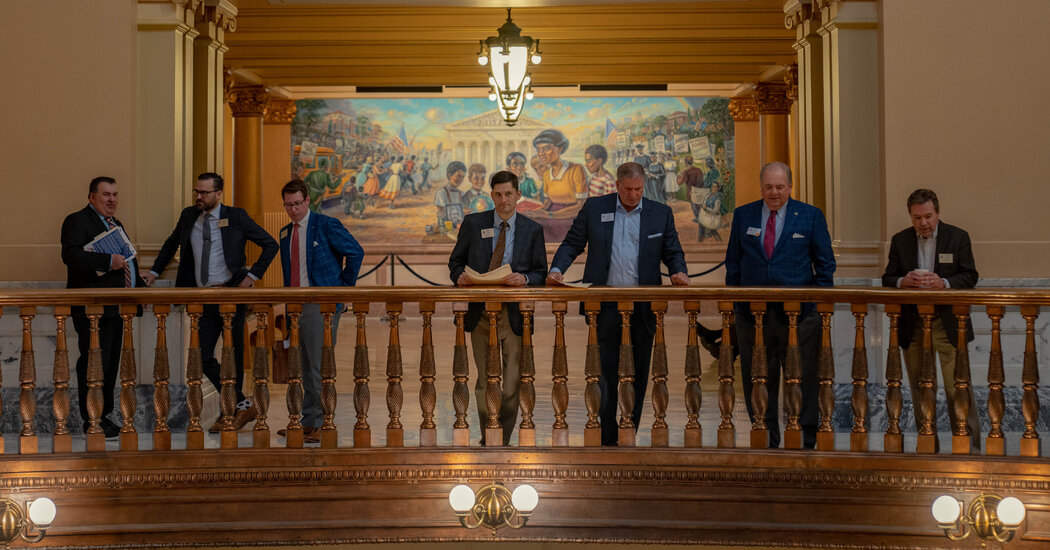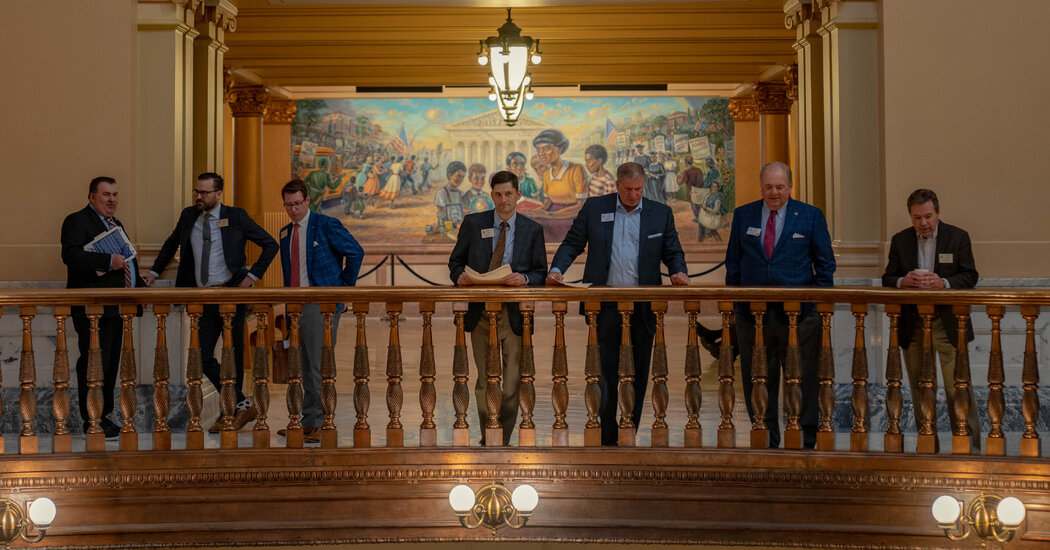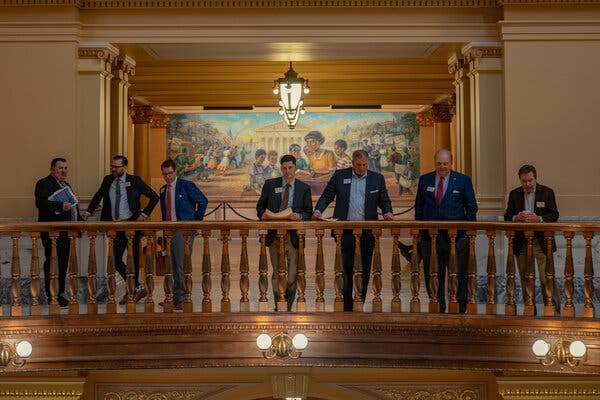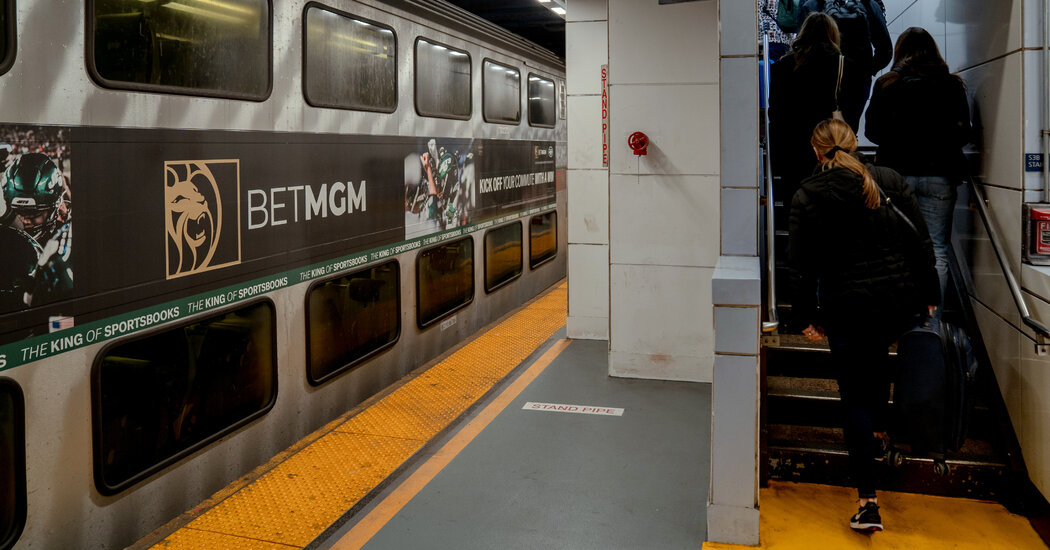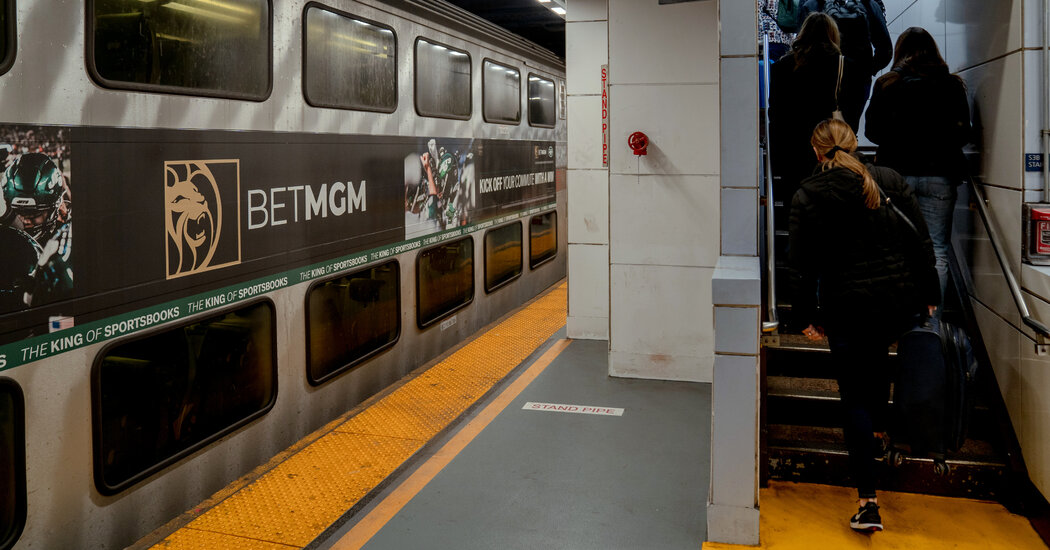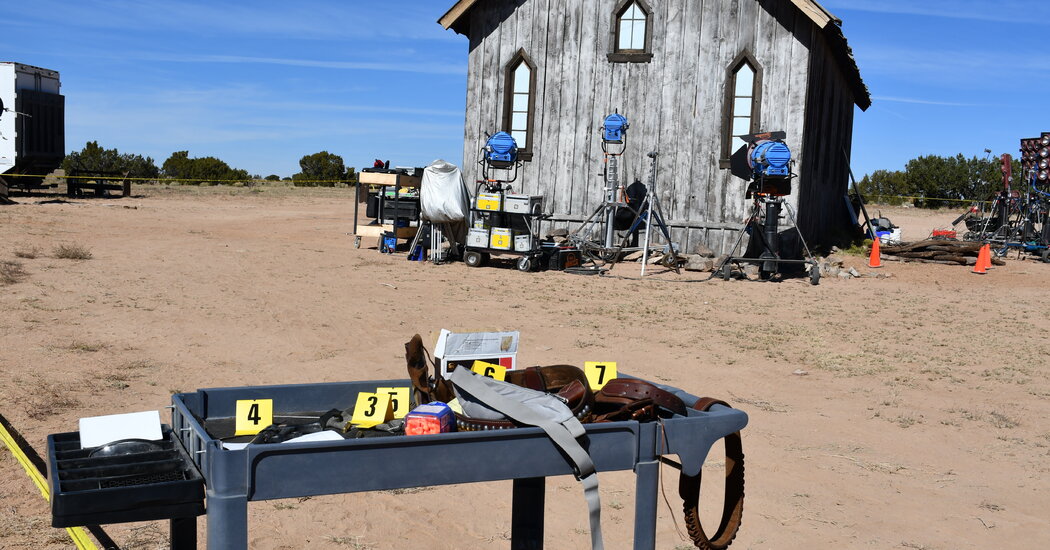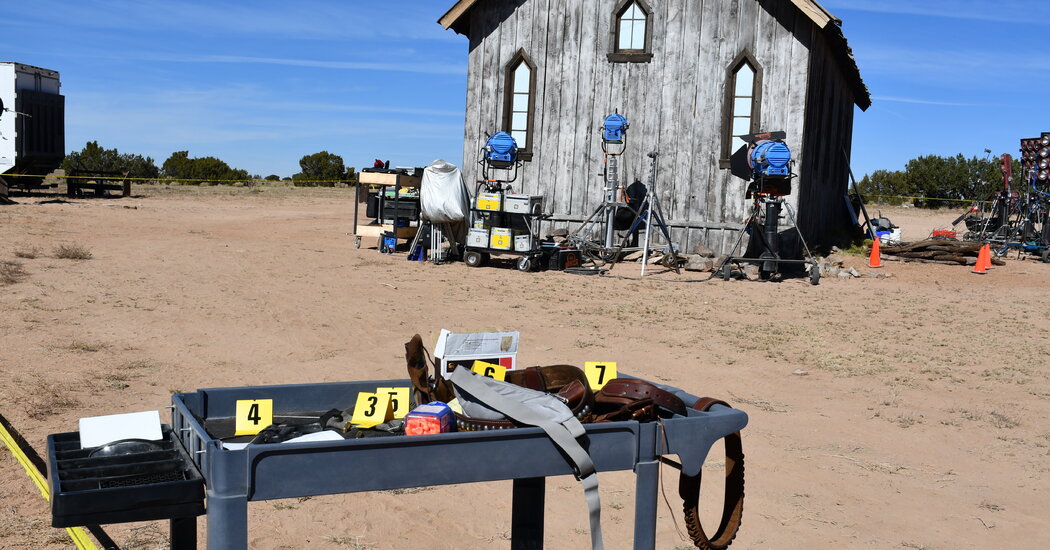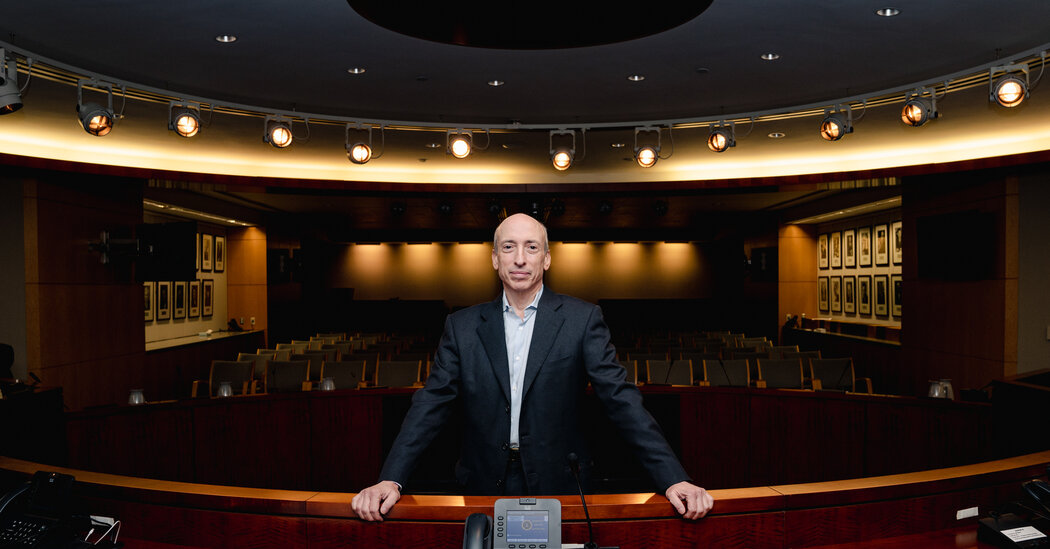
In March, eight months before his cryptocurrency empire imploded, Sam Bankman-Fried joined a video call with Gary Gensler, a longtime financial regulator who now leads the Securities and Exchange Commission.
The meeting didn’t go well. Mr. Bankman-Fried, the chief executive of the Bahamas-based crypto exchange FTX, wanted approval from the S.E.C. to offer cryptocurrencies in the United States without the threat of a fine for violating securities rules.
Mr. Bankman-Fried was joined on the call by FTX staff as well as business partners at the stock exchange IEX, who began walking Mr. Gensler through a PowerPoint presentation. At about the second slide, Mr. Gensler cut them off and launched into a roughly 45-minute lecture on his vision for crypto regulation, preventing any further discussion, three people familiar with the conversation said.
Now Mr. Gensler, 65, is facing off with Mr. Bankman-Fried again. FTX collapsed in epic fashion this month after a run on deposits left it owing $8 billion. The S.E.C. and the Justice Department have opened investigations, focusing on whether Mr. Bankman-Fried illegally lent billions of dollars of his customers’ funds to a hedge fund he owned, Alameda Research, which traded heavily on the FTX platform.
It’s a familiar position for Mr. Gensler, who has fined a series of crypto companies and promoters for securities violations since he became chairman of the S.E.C. in April 2021, with penalties as high as $100 million. A figure whom crypto insiders love to hate, Mr. Gensler is seeking to establish the S.E.C. as the primary overseer of the loosely regulated and freewheeling industry, creating strict guardrails that would bring it under tighter government scrutiny.
“People love a nemesis,” said Sheila Warren, who runs the Crypto Council for Innovation, an industry lobbying group. “He certainly has drawn some of that, almost seemingly deliberately.”
But the collapse of FTX has raised questions about Mr. Gensler’s effectiveness. Mr. Bankman-Fried gained access to the halls of power in Washington, even as he ran an offshore company that promoted risky trading and dipped into its customers’ accounts to fund other investments. After the March meeting with Mr. Bankman-Fried, Mr. Gensler’s staff stayed in contact with the group that had joined the call, going back and forth on possible structures for a fully regulated exchange, four people familiar with the conversations said.
“Reports to my office allege he was helping SBF and FTX work on legal loopholes,” Representative Tom Emmer, a Minnesota Republican who serves on the House Financial Services Committee, tweeted on Nov. 10 of Mr. Gensler. “We’re looking into this.”
Mr. Gensler declined to answer questions about his handling of FTX.
Under his leadership, though, the S.E.C. has made crypto a priority, nearly doubling its enforcement team to 50 members. In February, the agency levied a $100 million fine on the crypto lending company BlockFi over registration failures; BlockFi suspended operations this month as a result of its ties to FTX. According to public filings, the agency is also investigating the process by which Coinbase, the largest U.S. crypto exchange, chooses which cryptocurrencies to offer.
“There were a lot of entrepreneurs that grew up in this field and chose to be noncompliant,” Mr. Gensler said in an interview last month at the S.E.C. headquarters in Washington. “We will be a cop on the beat.”
The Aftermath of FTX’s Downfall
The sudden collapse of the crypto exchange has left the industry stunned.
- A Spectacular Rise and Fall: Who is Sam Bankman-Fried and how did he become the face of crypto? The Daily charted the spectacular rise and fall of the man behind FTX.
- A Symbiotic Relationship: Mr. Bankman-Fried’s built FTX partly to help the trading business of Alameda Research, his first company. The ties between the two entities are now coming under scrutiny.
- Wall Street Seeks to Profit: Brokers are offering FTX customers pennies on the dollar for the bankruptcy rights to their funds trapped on the platform.
- A Company in Disarray: The new chief executive of FTX, who helped manage Enron after its collapse, said that he had never seen “such a complete failure of corporate control.”
Mr. Gensler’s central claim is simple: For all their novel attributes, most cryptocurrencies are securities, like stocks or other investment products. That means the developers who issue cryptocurrencies must register with the U.S. government and disclose information about their plans. In Mr. Gensler’s view, exchanges like Coinbase and FTX, where customers buy and sell digital coins, should also have to obtain S.E.C. licenses, which come with increased legal scrutiny and disclosure obligations.
The crypto industry has fought the government’s efforts to classify digital assets as securities, arguing that the legal requirements are overly burdensome. Even before FTX’s collapse, the debate was reaching an inflection point: A federal judge is expected to rule in the coming months in a lawsuit brought by the S.E.C. that charges the cryptocurrency issuer Ripple with offering unregistered securities. A victory for the government would strengthen Mr. Gensler’s hand, establishing a precedent that could pave the way for more lawsuits against crypto companies.
A former Goldman Sachs partner, Mr. Gensler became one of the most aggressive financial regulators in Washington after the 2008 recession. As chairman of the Commodity Futures Trading Commission, an agency that regulates the financial markets, he helped carry out the 2010 Dodd-Frank Act, which aimed to protect consumers and rein in Wall Street.
After he left the C.F.T.C. in 2014, Mr. Gensler became fascinated with crypto, which was exploding into the mainstream. At the Massachusetts Institute of Technology, he taught a lecture course called “Blockchain and Money” and appeared optimistic about crypto’s potential to transform financial markets. He still refers to Satoshi Nakamoto, the mysterious figure who invented Bitcoin, as “Nakamoto-San,” a gesture of respect.
So when Mr. Gensler took over the S.E.C., the crypto industry hailed him as an enthusiast who understood the technology’s potential. Bitcoin “is in good hands,” one venture investor tweeted.
But it soon became clear that Mr. Gensler would take a hard-line approach. In July 2021, he met with a group of industry representatives, including the leader of the Blockchain Association, a prominent crypto trade group. He bluntly informed her that most of the organization’s members were probably violating federal rules, two people familiar with the meeting said.
A few days later, Mr. Gensler called crypto “the Wild West” while speaking at a national security conference in Washington.
Rather than devise new rules for crypto, Mr. Gensler has focused on enforcing the current ones as broadly as possible. In July, the S.E.C. filed an insider-trading lawsuit against a former Coinbase employee, saying seven of the digital currencies listed on the exchange were unregistered securities. The next month, Coinbase revealed in a public filing that the agency had sent the company investigative subpoenas requesting information on its listing process.
Behind closed doors, Mr. Gensler has been equally aggressive. “I’ve heard about other groups going in and getting in arguments,” said Perianne Boring, the founder of the Chamber of Digital Commerce, a crypto advocacy group. “You want to have a fight, you can have one.”
In crypto circles, mentioning Mr. Gensler’s name elicits quivers of fury. A Twitter account for the crypto company LBRY once called him “a demon wearing human flesh.”
“I was hopeful that an M.I.T. professor who had studied cryptocurrency would have some semblance of fairness about him and not be a complete sociopath,” said Jeremy Kauffman, chief executive of LBRY, which the S.E.C. sued last year.
The basis for Mr. Gensler’s claim that cryptocurrencies are securities is a legal analysis known as the Howey Test, which the Supreme Court outlined in 1946. Under the framework, a financial product is deemed a security when it offers the chance to invest in a “common enterprise” with the expectation of profiting from the efforts of others.
Over decades, the courts have ruled that securities law applies to a wide variety of financial products, including contracts for the sale of chinchillas. Mr. Gensler has publicly stated that Bitcoin is not a security, because no central group or individual controls it. But he has hinted that Ether, the second-most-popular digital currency, might be a security and has repeatedly argued that hundreds of smaller tokens should fall under the S.E.C.’s jurisdiction.
“It’s just straightforward,” he said in the interview last month. “The rules are on the books already.”
The crypto industry has countered that the S.E.C. is trying to shoehorn digital currencies into an outdated framework. In July, Coinbase submitted a 32-page petition to the S.E.C., making the case that existing registration rules don’t cleanly apply to crypto exchanges.
Within the agency, Mr. Gensler’s approach has sometimes led to frustration, two people familiar with the S.E.C. said. In meetings, staff members have pointed out the difficulty of extending federal securities law to cover crypto exchanges, one person said. Other S.E.C. employees have complained that Mr. Gensler hasn’t moved aggressively enough, another person said, with exchanges like Coinbase and FTX having avoided significant fines.
FTX’s collapse has unleashed a new level of scrutiny. Screenshots of Mr. Gensler’s public meeting schedule, which show multiple sessions with Mr. Bankman-Fried, have circulated on Twitter, where crypto fans who once said Mr. Gensler was overly aggressive have now accused him of cozying up to a criminal. (Mr. Bankman-Fried has not been charged with any crimes.)
They argue that an S.E.C. deal with FTX would have granted the exchange a “regulatory monopoly,” allowing Mr. Bankman-Fried to dominate the cryptocurrency market while other businesses were shut out. (Some details of Mr. Gensler’s meetings with FTX were previously reported by Fox Business.)
But much of the criticism has been opportunistic, said Lee Reiners, a crypto expert who teaches at Duke University Law School.
“If you don’t like him, you don’t like the current S.E.C., then of course you’re just going to blame him, regardless of the facts,” Mr. Reiners said. “If Sam Bankman-Fried tried to get a meeting with the S.E.C., and Gary Gensler said absolutely not, I’ll never talk to you, the Republicans would’ve gone ballistic prior to the collapse.”
In public remarks shortly after FTX imploded, Mr. Gensler argued that too many crypto companies performed multiple financial roles at the same time — like running an exchange and making trades, an apparent reference to the close relationship between FTX and Alameda.
“Why we often separate these things out is so that the public is better protected about the inherent conflicts,” he said. “It’s really important to make sure that this field comes in, gets registered, gets regulated.”
Much of Mr. Gensler’s agenda may ultimately hinge on the ruling in the Ripple suit, which the S.E.C. filed in December 2020. Before the filing, Ripple’s signature token, XRP, was the third most valuable cryptocurrency; it has dropped down the rankings since the S.E.C. labeled it a security.
The outcome will also draw attention in Congress, where a slate of crypto-related bills was introduced this year. When Mr. Gensler testified in front of the Senate Banking Committee in September, he was grilled by Republican senators, who said the S.E.C. was offering insufficient legal guidance to crypto companies that wanted to comply with federal law.
“Not liking the answer from the S.E.C.,” he shot back, “doesn’t mean there isn’t guidance.”
